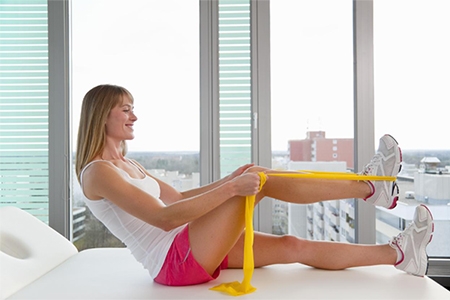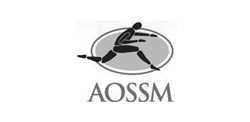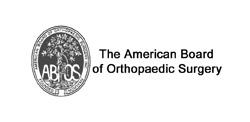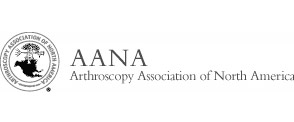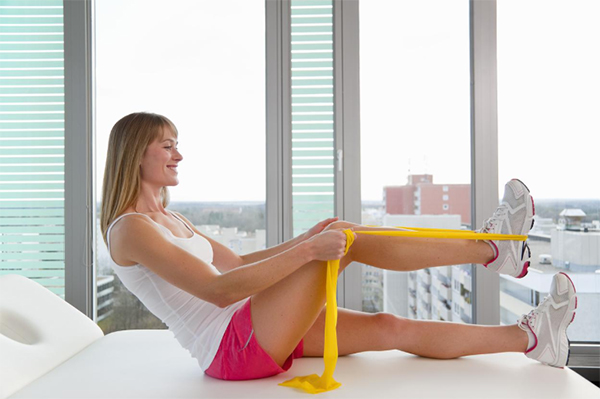
Orthopaedic surgery can be an important first step toward reclaiming your mobility, but full recovery happens through physical therapy. Without proper rehabilitation, you risk pain, stiffness, and limited movement. Whether you’ve had knee, shoulder, or other types of surgery, a structured therapy plan is essential for success. Here’s how physical therapy helps you heal better.
Why Physical Therapy is Essential After Surgery
Every Orthopaedic surgery impacts your muscles, joints, and connective tissues. When tissue is cut during surgery, the body responds by forming scar tissue as part of the healing process. Without guided movement, this scar tissue can lead to adhesions—tight bands of tissue that restrict mobility. Also, the muscles surrounding the joint can weaken due to disuse, leading to atrophy. This muscle loss, combined with post-operative swelling and stiffness, can make it difficult to regain strength and mobility without proper rehabilitation.
That’s where physical therapy plays a crucial role in recovery. A well-structured rehabilitation program helps by:
- Restoring Strength and Stability: Targeted exercises help rebuild strength and provide the stability your joint needs.
- Reducing Pain and Swelling: Controlled movement improves circulation, which helps reduce post-operative inflammation and discomfort.
- Preventing Complications: Without movement, patients may develop excess scar tissue, joint stiffness, and even blood clots. Physical therapy ensures safe mobility to avoid these risks.
- Improving Joint Mobility: Stiff joints after surgery can limit range of motion. Stretching, mobility drills, and hands-on therapy help restore flexibility.
- Enhancing Long-Term Function: With the right therapy, you regain full movement and significantly lower the risk of re-injury or chronic pain.
Personalized Recovery for Every Patient
No two recoveries are the same. A high-performance athlete recovering from ACL reconstruction has different therapy needs than an adult healing from a rotator cuff repair or a child recovering from a pediatric Orthopaedic procedure. That’s why a personalized approach to physical therapy is essential. Whether you’re aiming to return to competitive sports or regain movement for daily activities, your rehab program should be tailored to ensure the best possible outcome.
How Soon Should You Start Physical Therapy?
Early rehabilitation is key. Many patients can start gentle physical therapy within days to weeks after surgery, depending on their procedure. Once cleared by your surgeon, the sooner you begin, the less risk you have of developing stiffness, weakness, and mobility issues. Your treatment plan will gradually progress from passive exercises and range-of-motion techniques to strength-building movements and functional training that will help you return to normal activity.
Your surgery is just the beginning, after which it’s time to rebuild! With expert physical therapy, you can recover faster, move better, and get back to doing what you love. If you have been recommended for knee or shoulder surgery, schedule your consultation today with Dr. DiGiulio to discuss your treatment options, including a customized recovery plan that gets you back in motion faster.
AUTHOR: Milan M. DiGiulio, M.D. offers comprehensive Orthopaedic care for you and your entire family, specializing in Sports Medicine and Arthroscopic surgery of the shoulder and knee. Dr. DiGiulio performs over 200 arthroscopic shoulder and knee surgeries each year, using the most advanced surgical technology. Dr. DiGiulio is an advocate of non-invasive, non-surgical treatment options such as Physical Therapy and Orthobiologics.



